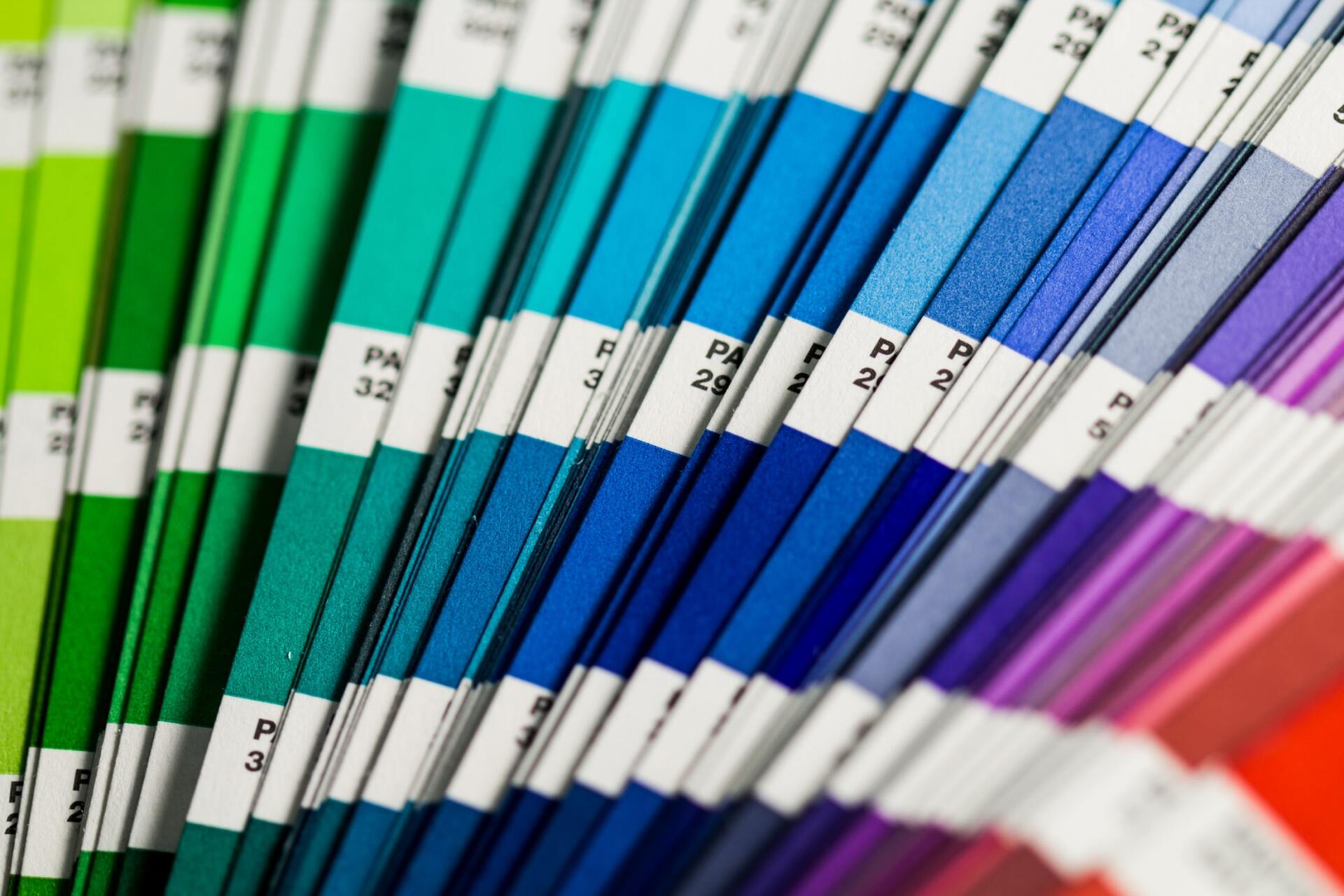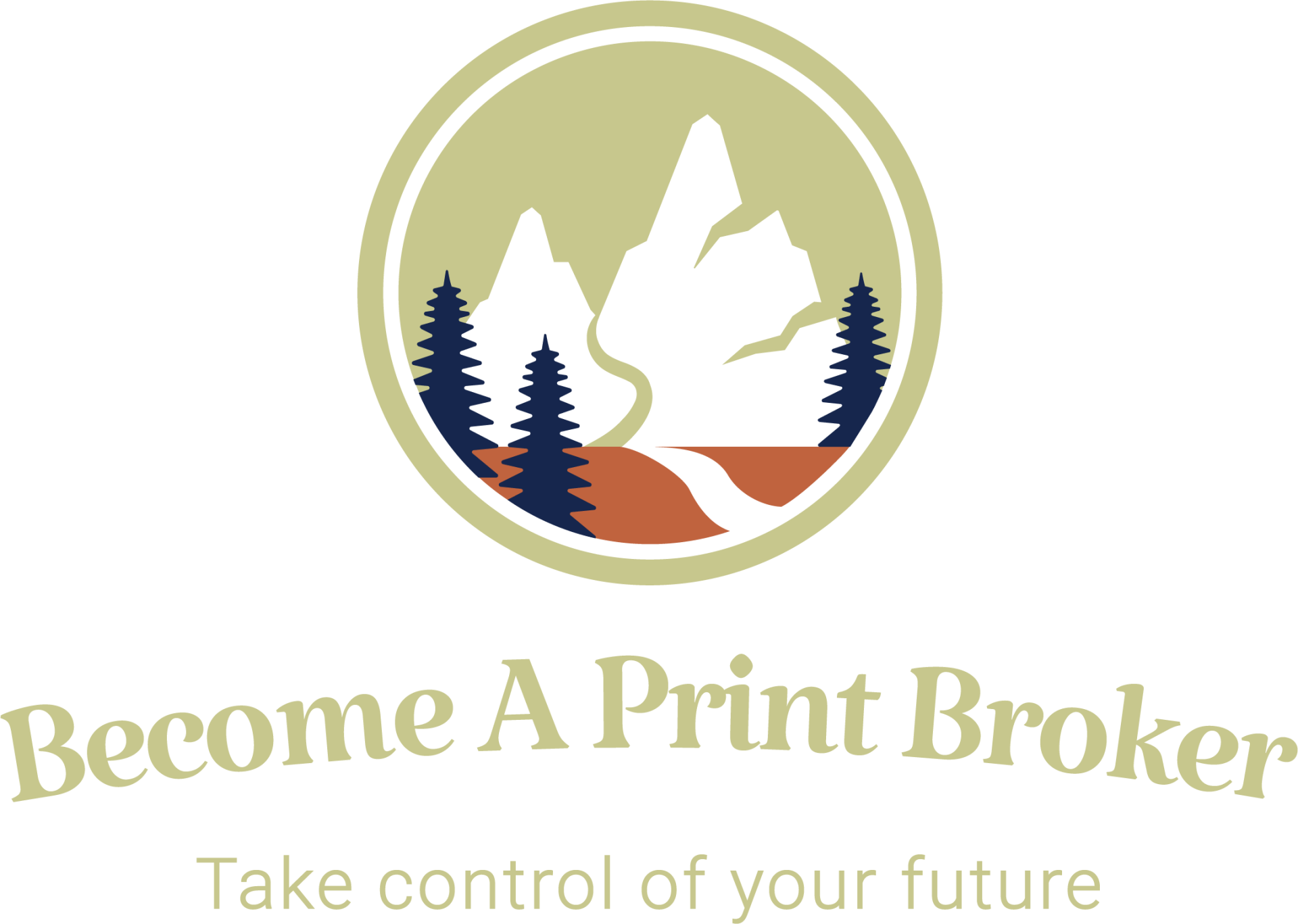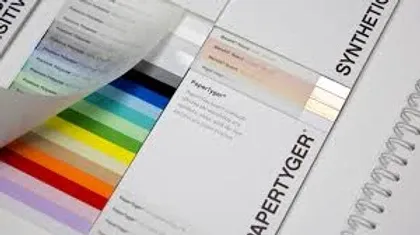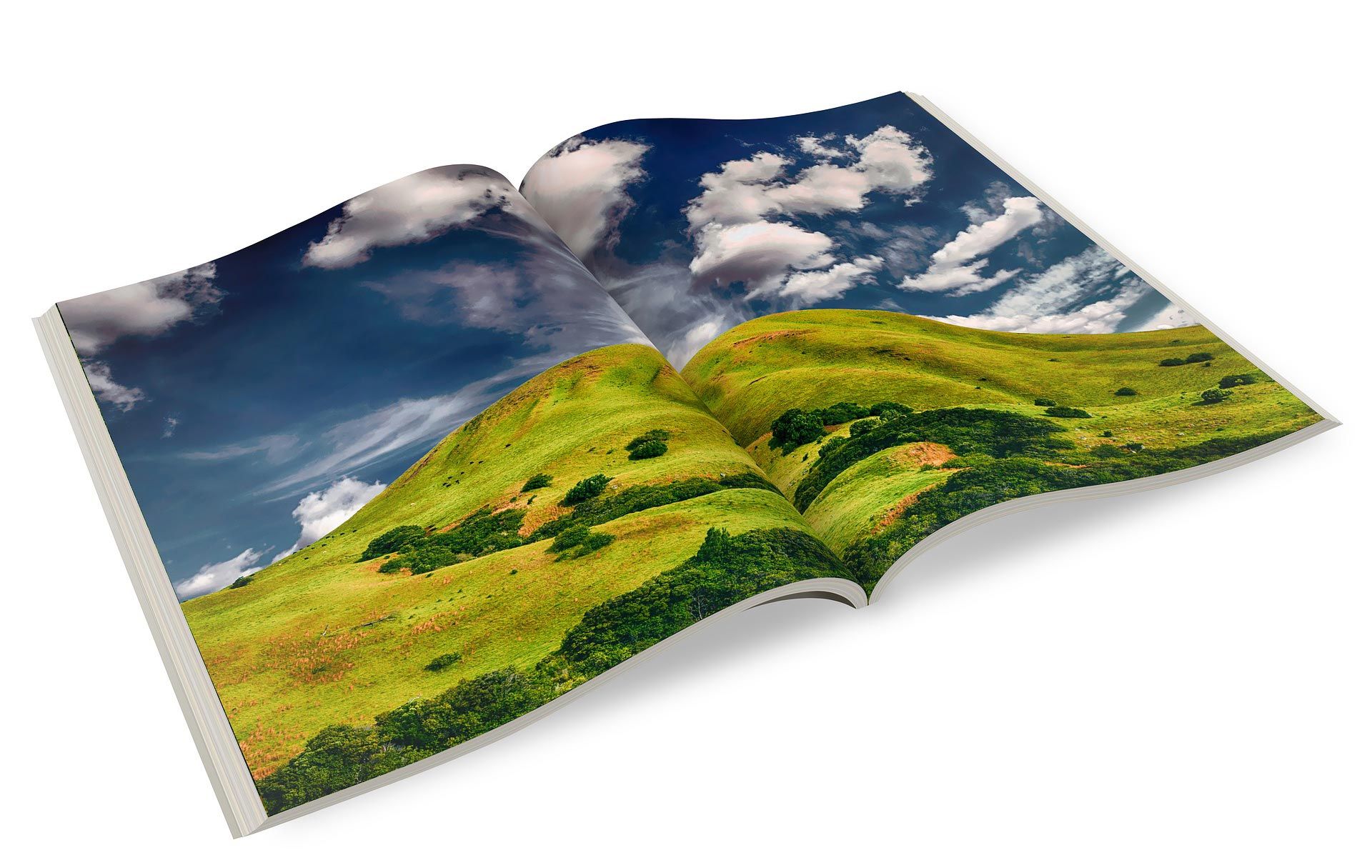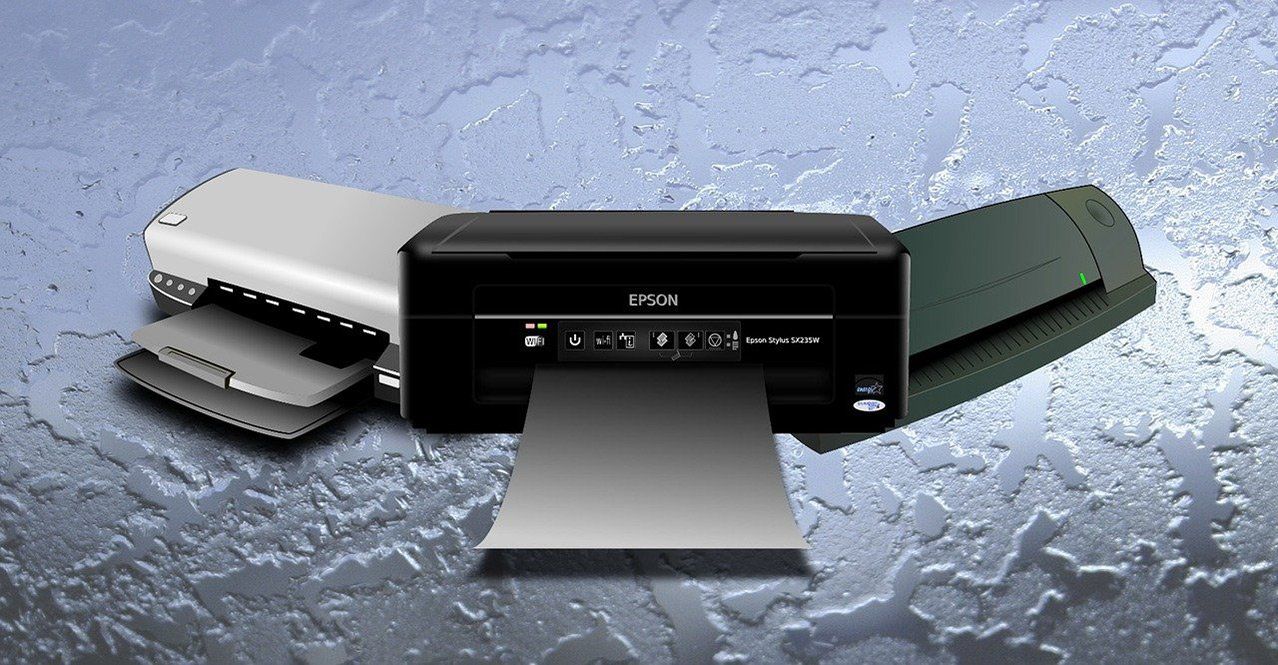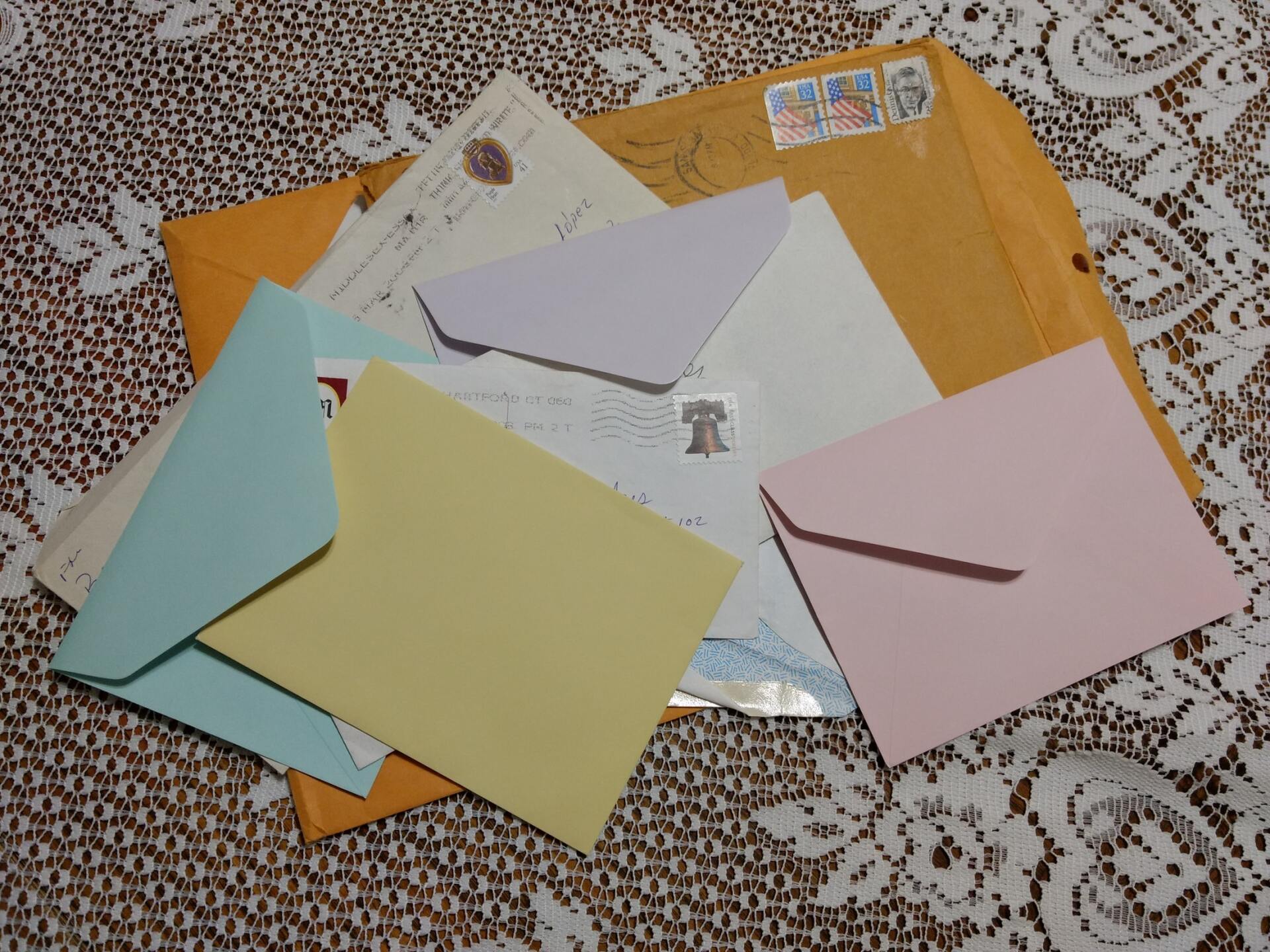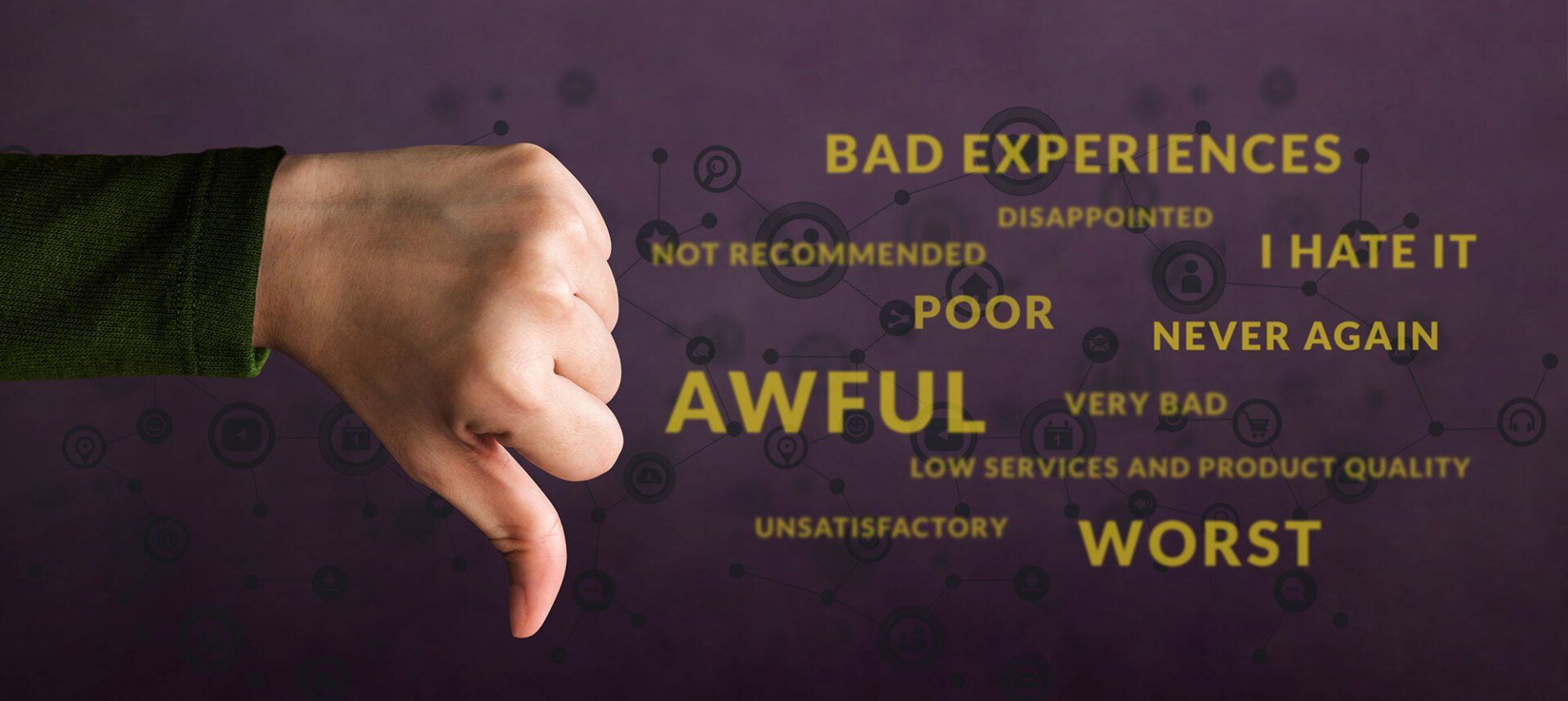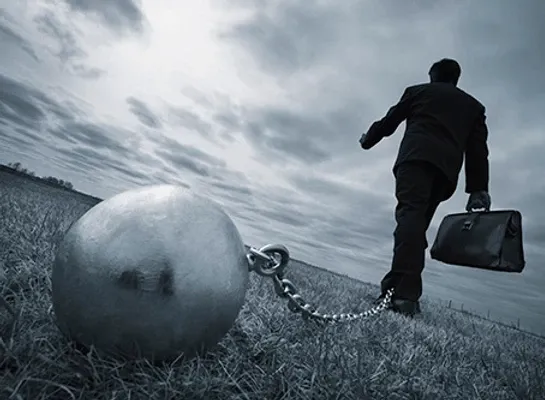Decoding the Secrets of Carbonless Paper
Decoding the Secrets of Carbonless Paper
PLEASE DON’T MAKE ME WRITE THIS OVER AND OVER AGAIN!
Oh Great! I won’t have to…
… if I use the right carbonless form.
Carbonless forms are an essential part of many businesses and they can be a great source for profitable repeat business, but there’s a catch. I know, there’s always a catch…. The catch is that there are a few things you need to know about carbonless forms before they can become a viable profit center in your business.
You’ve probably seen and used carbonless paper (which is sometimes referred to as NCR paper) but have you ever asked yourself, "How does this stuff work?" In a nutshell, each sheet is treated on one or both sides with unique chemical compounds. The paper comes in different colors with different chemical treatments. For example, the colors are typically, white, canary, pink, goldenrod, blue and green (which we’ll discuss later) and the chemical treatment is either coated front, coated back, or coated front and back. Those chemical treatments are shortened to these abbreviations: coated back (CB) coated front (CF) and coated front and back (CFB). This is very important because the chemicals coming into contact with each other is what makes the image appear on the second, third, and subsequent sheets in a carbonless set.
So if you have a two-part form that consists of a white sheet on top that is coated on the back and a canary sheet behind it, that is coated on the front, when you write on the top of the white sheet, what you wrote can be seen on the canary sheet, because the pressure of the pen will burst tiny chemical beads on both sheets and the chemicals combine to create a visible pattern where your pen pressed on the sheet. If you reversed the order of these two sheets of paper (so the yellow sheet with its front side coating was stacked on top of the white sheet with its back-side coating) and tried to write on it, nothing would be visible on the bottom sheet.
The front side chemicals and the backside chemicals are different, and it takes both to create an image. Sheets that are coated front and back have different chemicals on both sides of one sheet and CFB sheets are used in forms with more than two sheets in the set, for example, a 3-part or 4-part carbonless form.
In addition to the chemicals needed to create an image, the paper is further treated with chemicals that allow the sheets to be glued together into sets. Carbonless paper comes pre-collated and unglued, so the sheets can be fed through a press or a copy machine. Once the sheets are printed, stacks of the printed carbonless forms are put into a “padding station” and are pressed tightly together with a clamp on the padding station. Then padding compound is “painted” onto the side of the sheets that needs to be glued (usually the top), literally with a paint brush. The padding compound soaks into the edge of the paper and reacts with the chemicals already in the paper and after the stack of loose sheets is completely dry and the clamp is removed from the padding station, the paper can be fanned out. When the sheets are fanned out the sheets in each set are glued together but they are not glued to the next set. If the carbonless form is a standard 3-part form, after the padding compound is dry and the sets are fanned out, the finished job will consist of a white sheet glued to a canary sheet which is glued to a pink sheet which constitutes one 3-part form and those glued sets are repeated throughout the entire stack of forms.
Now as to the color options in pre-collated sets. There are standard color combinations, as shown below, but if your client needed some other color combination then you’ll need to create their forms using paper that does not come in pre-collated sets. More about that later.
Color options in pre-collated sets
- 2-part White and canary or white and pink
- 3-part White, canary, and pink
- 4-part White, canary, pink, and goldenrod
- 5-part White, green, canary, pink, and goldenrod
- 6-part White, blue, green, canary, pink, and goldenrod
As a side note, the 4, 5, and 6-part forms are marginally effective for the purpose for which they were created, because it takes a great deal of pressure to make an image appear on the 4th, 5thand 6thply of the set. It can be done, but it requires an intentional effort by the writer to press hard enough on the top sheet to create the pressure needed on the last sheets to burst enough chemical beads to produce an image.
There are other features about carbonless paper that you should also know, for example, if the forms are printed on two sides, then the paper has to be stacked in the ream in a different order because each time the sheets go through a press it reverses the order of the stack. If it only goes through the press one time, to be printed on the front of each sheet, then you need to print that job on reams that are defined as "Reverse”. If the forms are printed on two sides, then you need to print that job on “Straight” carbonless paper, because it goes through the press twice and each time the order is reversed.
Now to further complicate this discussion, if the image on all plies of a carbonless form, are not exactly the same than an entirely different production method is required. Additionally, if the form needs any of the following: to be perforated, numbered, have a glued stub above or on the side of a perforated line, or the order of the colors is different from the pre-collated sets, or if the form is a unique size, or it will need to be fed through a printer using side holes in a perforated stub, then using pre-collated sets of carbonless paper is not the best method for producing these forms. Additionally, if the image printed on each sheet in the set is different then pre-collated sets cannot be used.
In any of these cases, you should talk to a forms manufacturer and describe exactly what your client needs. Forms printers print on rolls of carbonless paper, but they are not constrained by size limitations, or a pre-defined order of the colors of paper. They can print unique images on every ply simultaneously, in whatever paper color your client needs. The plies are all merged together, as the multiple streams of paper advance into the finishing area of the press.
There are many great forms printers to choose from. I have a favorite local forms house in Portland, but national firms like Ennis can also fill this need. If you use a forms house be specific about the job. They use roll stock that comes with a 5/8” stub with line holes in it and they can use that stub for gluing. If you ask, they can even print your company name and phone number right on that stub, so your client knows who to call for a repeat order and the printing on the stub does not cost any more. The stub is part of the roll stock so keeping the stub on your finished forms is actually less expensive than removing the stub and gluing the top or the side as I described above. If you want the stub removed it’s called a “dropped glue line”. Whenever possible I like to leave the stub on the form so my company name is always available to my client and they can easily see who to call when they start to run out of that form.
One final note about carbonless forms. Pre-collates sheets are typically 20# paper but forms printers print on roll stock that is typically 16#. The lighter paper works better for thicker forms such as 4, 5, and 6-part forms, so even if the client needs exactly what is available in the pre-collated sets you might still want to use a forms printer for the thicker sets. The speed at which a forms printer can print on roll stock is astonishing and they are usually less expensive than sheet fed presses using pre-collated sets, but they do have higher minimums and may take longer to manufacture the forms.
Like I said, there’s always a catch.
